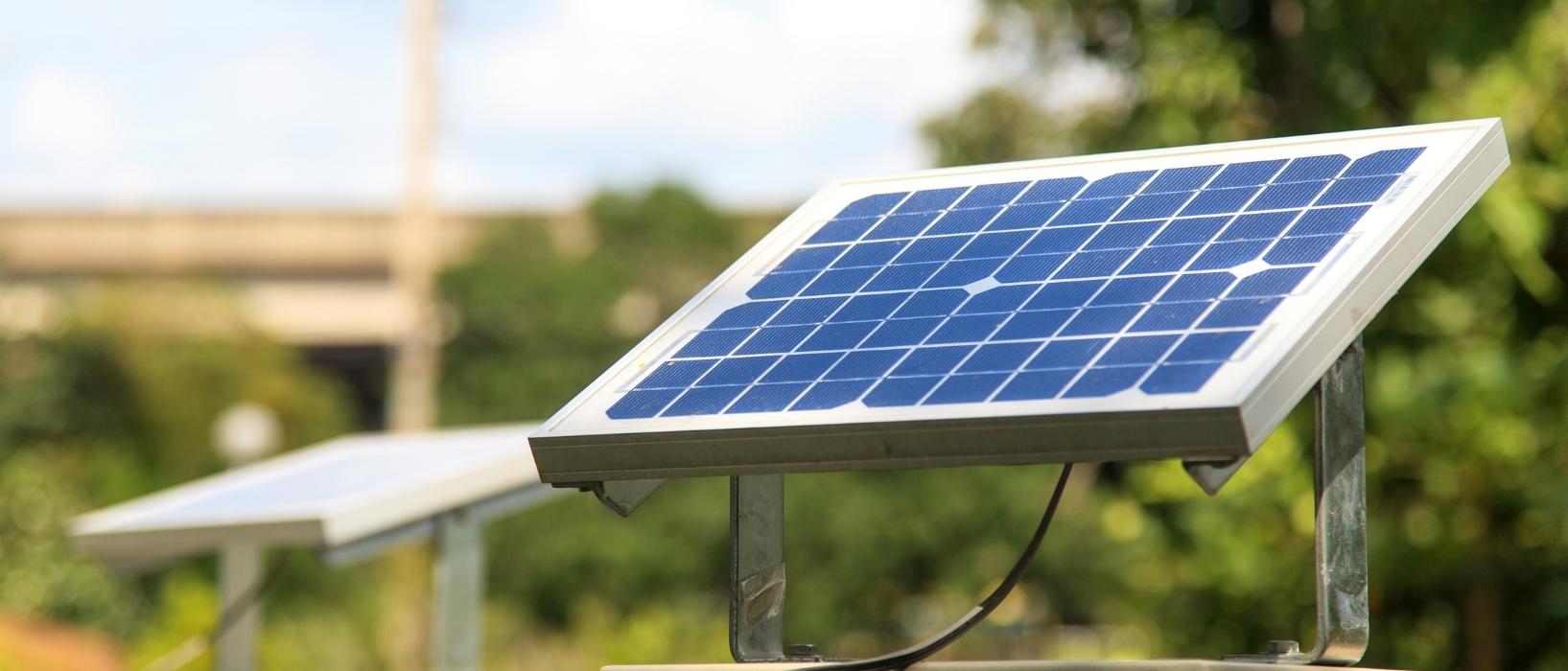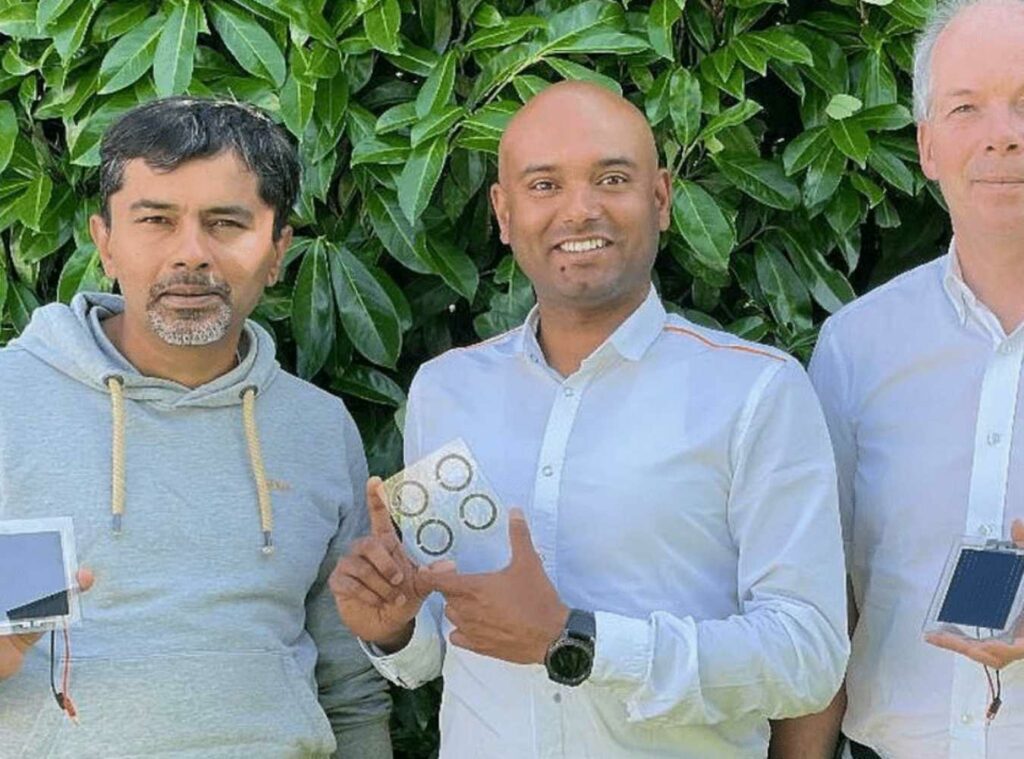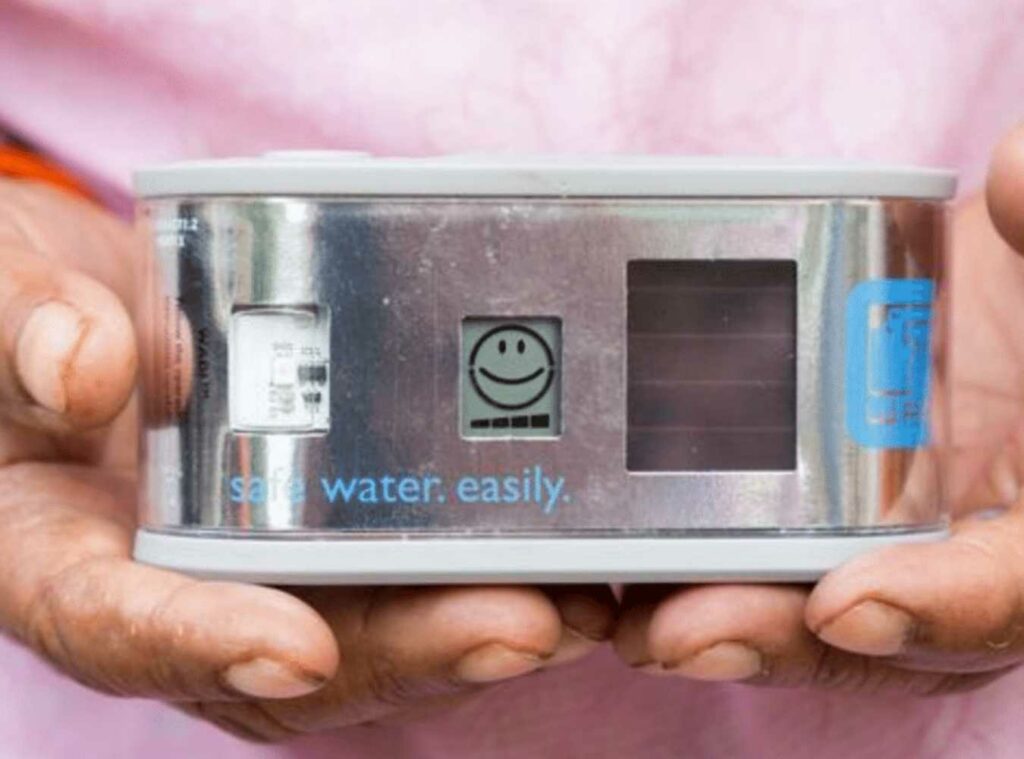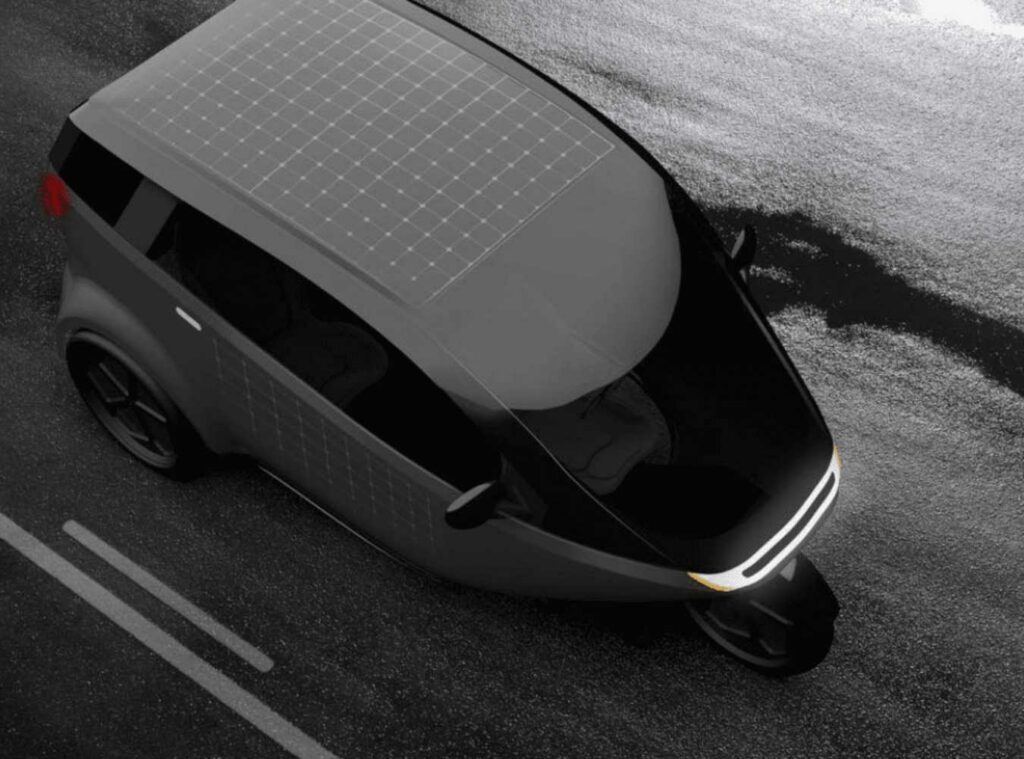
The sun is the source of all energy on Earth, shining down 430 quintillion Joules of energy every hour. That’s more than the whole of humanity consumes in a year. It’s no wonder that solar power is becoming one of the most dependable and widespread renewable energies available.
Yet, it has so much more potential than just being used for solar farms or on the roofs of houses. Here are three innovative ways solar power is being used to replace fossil fuels.
Digitally Printed Solar Cells Fit Into Any Device

Source: Perovskia Solar
What if any device could be made solar-powered? This is the goal of cleantech company Perovskia Solar, who combine inkjet printing and customised design to build their solar cells.
Perovskite is a type of mineral that, when applied in a thin film as a semiconductor, converts solar energy to power exceptionally well, even in low lighting conditions. The solar cells are then printed into various sizes and shapes to fit many different smart devices.
As well as being more cost-effective than current solar-powered cells, Perovskia’s production process produces far fewer emissions, making it much healthier for the environment. They also provide bespoke designs to help businesses create solar cells that fit their projects not only technically, but visually too.
Disinfecting Water with Sunshine

Source: HELIOZ
1.8 billion people around the world still do not have regular access to safe drinking water, putting them at incredibly high risk of water-borne diseases. Of course, water can be disinfected by this usually comes with a cost, both monetary and environmental.
Yet, there is one way to treat water that costs nothing and releases zero emissions: solar water disinfection, or SODIS. This is a process where the sun’s natural UV rays eliminate bacteria and viruses from contaminated water. The problem is, it’s difficult to know when the water has been exposed for long enough to be safe.
That’s where Austrian social enterprise HELIOZ comes in. HELIOZ has developed a device called the WADI, which helps people visualise the decontamination process and lets them know when it’s safe to drink.
It works by placing it alongside bottles or other containers of contaminated water exposed to sunshine. It then measures the UV rays hitting it and lets the user know when the bottles have been exposed long enough to be safe (i.e. 99.99% of pathogens have been removed).
Solar-Powered Tuk-Tuks to Take Over Cities

Source: Infinite Mobility
Did you know that more than half of all car journeys in cities are less than 5km?
On top of that, cars are large, heavy, and energy-intensive. It just doesn’t make sense to use them in urban areas where emissions are already so high. Norwegian tech company Infinite Mobility have plans to change things.
They have developed solar-powered tuk-tuks explicitly designed for last-mile deliveries and to efficiently carry just one or two passengers around busy urban areas. The streamlined solar tricycles incorporate solar cells into the vehicle’s body, meaning they don’t need to be plugged in and charge like most EVs.
On top of that, their size means they are cheaper to produce and buy than cars and can travel up to 10,000km a year on solar energy alone – plenty for the average city user. Depending on where they’re based – people buying could also be supported by subsidies from local, regional, or national governments.
Find out how Play it Green can help you or your business




